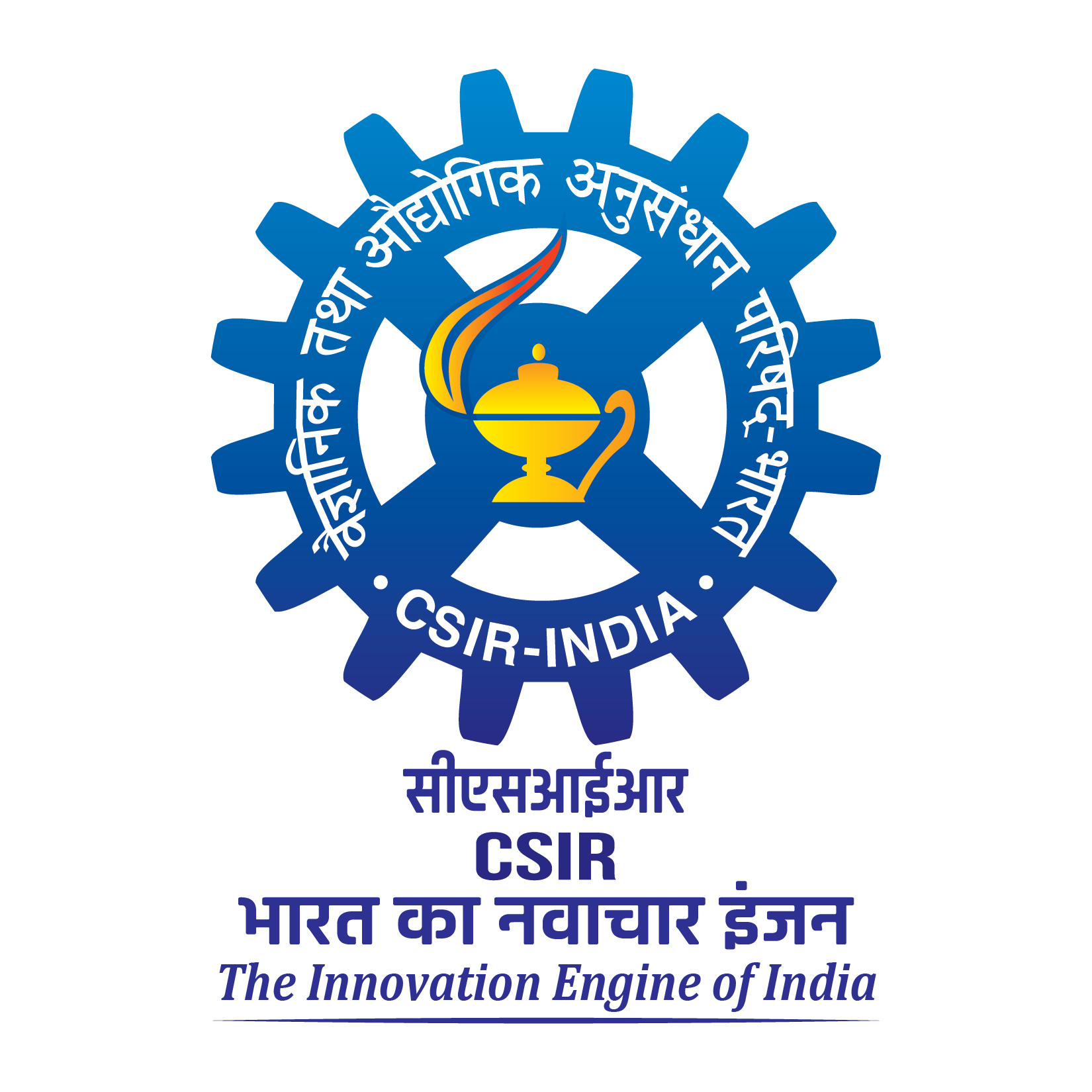by Rani Devi, K. C. Gouda & Smrutishree Lenka
By exploring the multifaceted physical mechanisms underlying hot extreme events, the way for informed strategies to mitigate their impacts and enhance the nation's resilience in the wake of a changing climate can be paved. The long-term spatio-temporal variability of hot extremes analysis found an increasing trend (0.001 °C) of DMXT over whole Indian region except the eastern parts (Indo-Gangetic plains). The hot day is noted when DMXT > 40 °C, DMXT > 37 °C, DMXT > 35 °C and also DMXT is above the 90th percentile at each grid point in the plains, hilly, coastal region of India. The temperature tendency equation has been computed to identify the role of various physical processes driving the local extreme temperature changes in India. The analysis showed that the surface adiabatic warming found to be one of the prominent drivers of hot extreme events over India. The impact of El Niño-Southern Oscillation (ENSO) phases on the frequency of hot extreme days at local scale in India are quantified. The linear trend of hot days has been found increasing at a rate of 0.14/year, 0.08/year and 0.06/year in El Niño, La Niña and neutral years respectively. Similarly, the DMXT anomaly found to be 0.4 °C higher in El Niño phase as compared to La Niña phase. The results infers that the chances of hot days occurrence are increased (decreased) by 38% (16% and 8%) in El Niño (La Niña and neutral) period. The advection of hot air by westerlies into the Indian region leads to an increase in temperature. The composite elevated (dropped) geopotential height at 500 hPa showed the presence of high (low) pressure systems which leads to hot days occurrence over western, southern and central (northern, north western) India, where winds are westerlies (easterlies) in El Niño (La Niña) phase of ENSO. This reversal of wind is linked with the movement of warm sea surface temperature from western to eastern Pacific Ocean. Comprehending the dynamics of hot extremes in the India is vital for the development of strategies to mitigate the adverse impacts on various sectors, including agriculture, health, water resources, and infrastructure.
Source: https://doi.org/10.1007/s00477-024-02744-w

